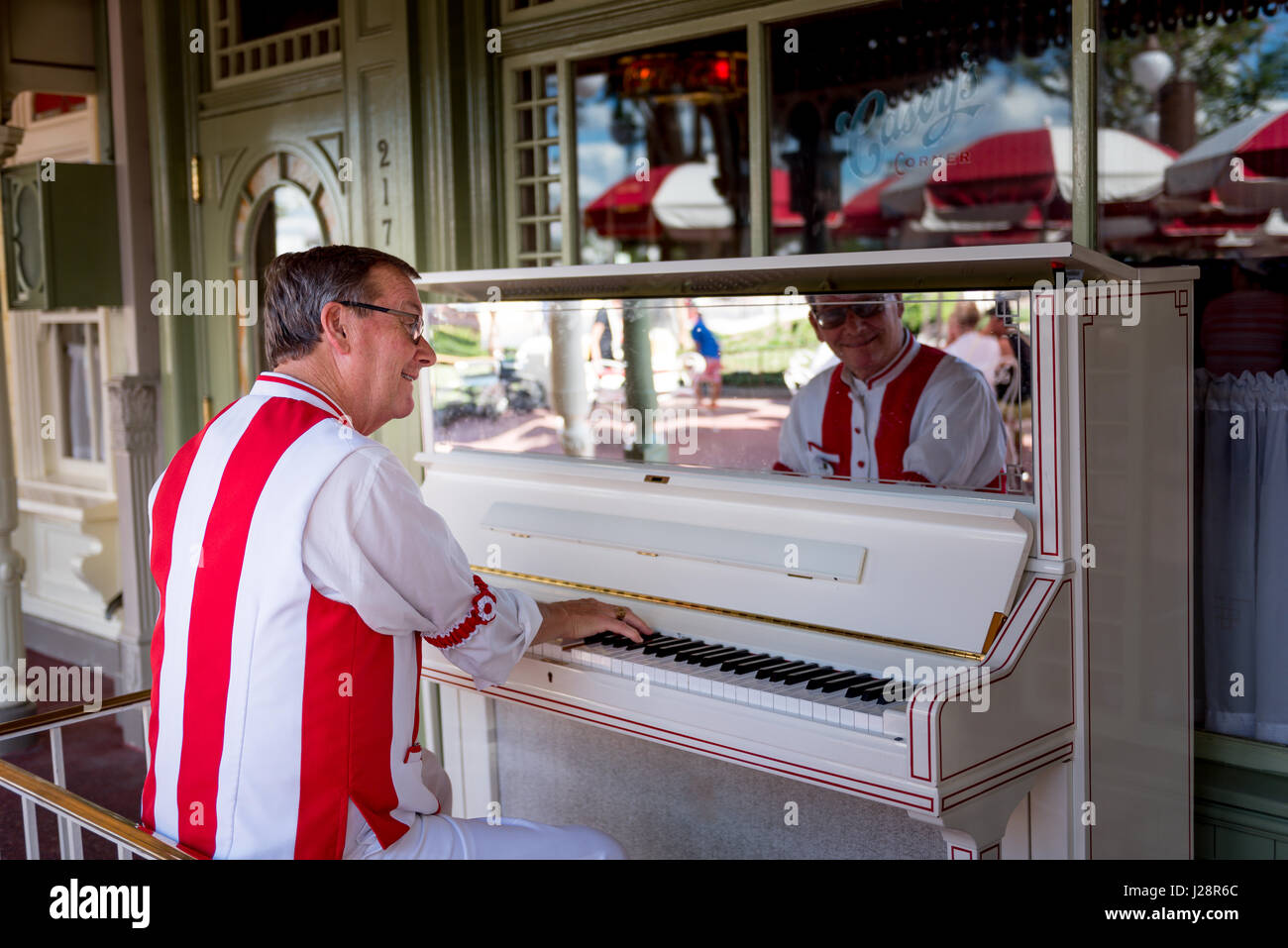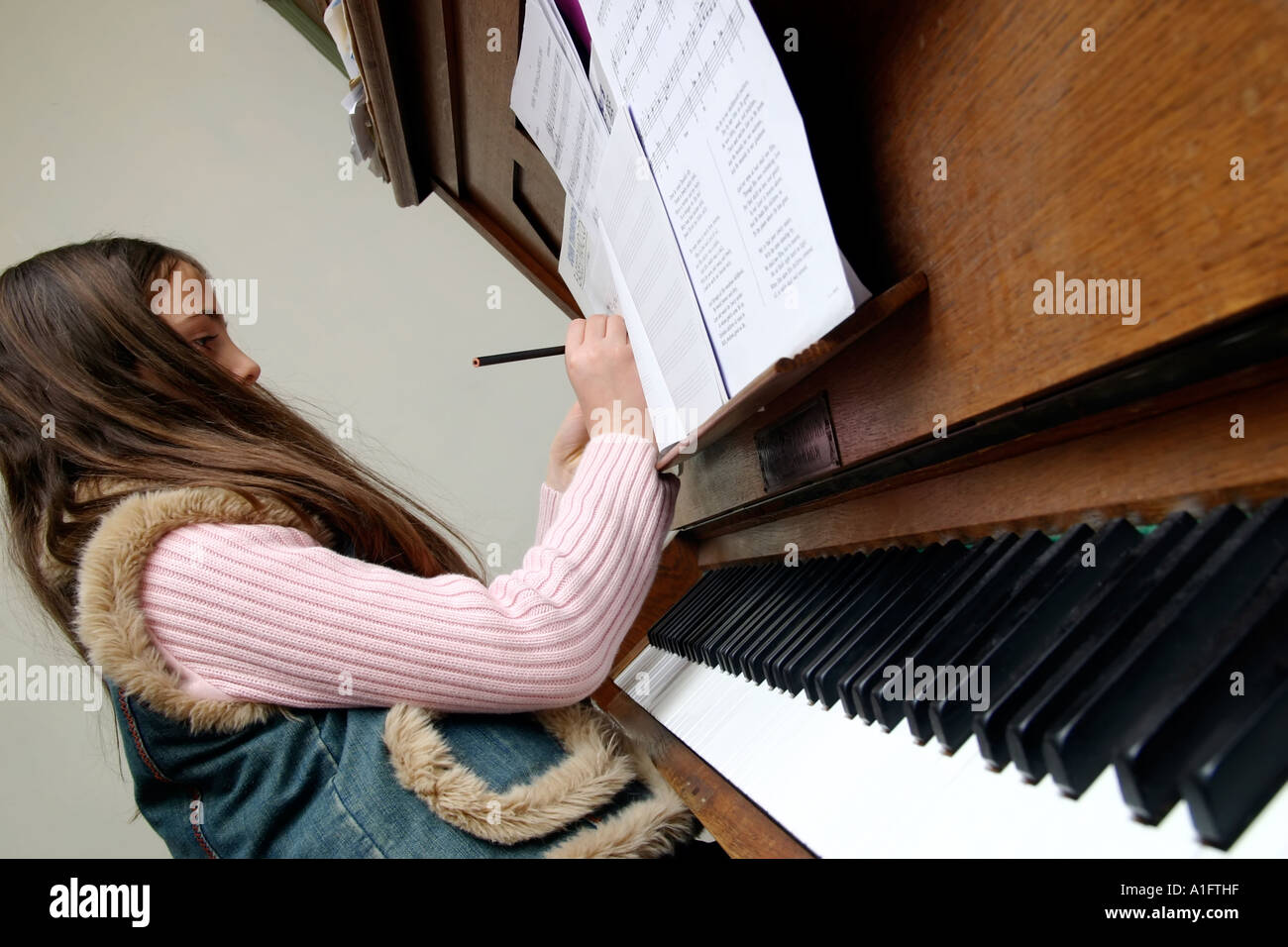

Bells are turned each year so that the hammers don't wear out the same spot on each bell, and we can be guaranteed the enjoyment of these real bells for years to come.Ĭheck out the Office of Alumni Relations For More Information: Alumni Relations Bells Information. Songs can be scheduled for any time except on the hour.ĭartmouth College is one of the few locations that still uses real bells instead of recordings or synthesizers.

If you are requesting a song that is already in the song database, it takes a day or two to program it. Songs can be requested by e-mailing "Bells". Songs are played three times a day - the alma mater at 6pm, and varying pieces during intervals between classes. The software and hardware is maintained and updated regularly by the students.īells ring the time on the hour and half hour. The bells currently run via a remote Internet connection on a "Mac mini" computer in the tower that runs custom-designed software written by graduate students in the Master of Arts program in Digital Musics who are supervised by Prof. Money was also provided for the maintenance of the system and to provide payment for a bell ringer. Two students designed a system to run the bells, as the system and the paper rolls used for the first 50 years were starting to wear out.Ī 16th bell was donated in 1981 in memory of Donal F. There was also a keyboard in the tower, so people could play "instantaneous music" on the bells. It was similar to the mechanism of a player piano, where holes are punched into a roll of paper and the locations of the holes triggered the bell mechanism. The following year, William Durrschmidt, an instrument maker and Professor of Music, invented an automation system from three machines and a clock. They were rung manually for the first year. They range an octave and a half on the scale, playing every note in that range, except E flat. The bells vary in size from 200 to 5,300 pounds. Meneely Bell Company of Troy, New York built a bespoke 15-bell set.

Little, Class of 1881, donated $40,000 for a set of bells to be placed in the tower of the Library, in order to please President Hopkins. When Baker Library was constructed, a trustee, Clarence B. Ernest Martin Hopkins, Dartmouth College President 1916-1945, Class of 1901, had visited Oxford and Cambridge and was much impressed with the bell-ringing on those campuses.


 0 kommentar(er)
0 kommentar(er)
